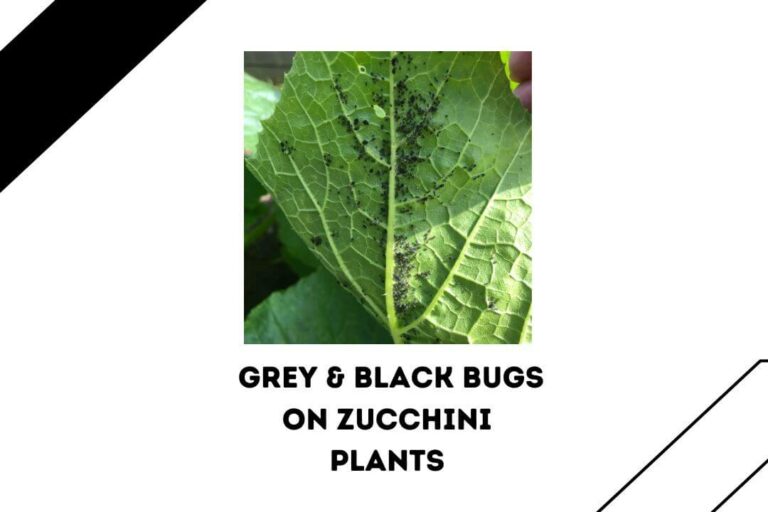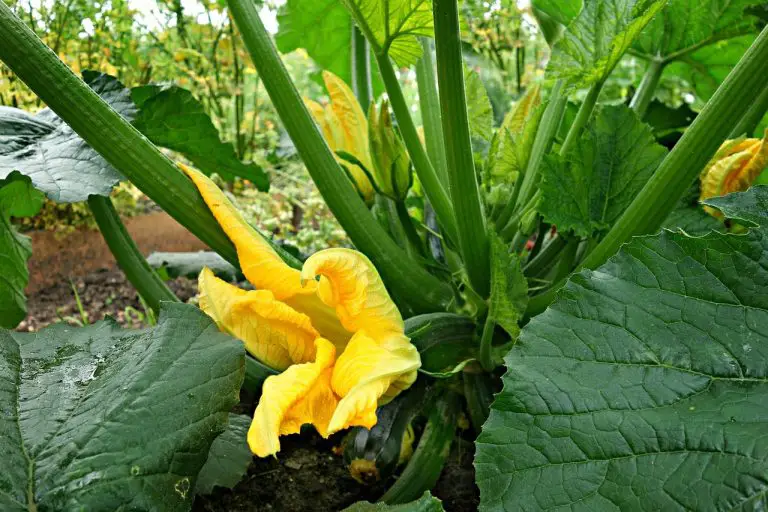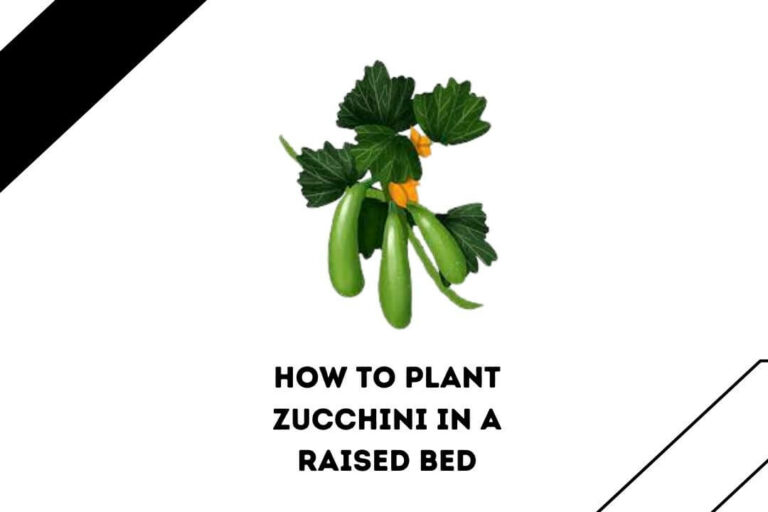No doubt that transplanting Zucchini can be tricky and requires a grower’s careful attention to detail. One of the biggest challenges is to learn ‘when to transplant zucchini seedlings’ as well as determine ‘when is it too late to transplant zucchini’ In this article, I am going to answer all these questions as well as discuss the signs of zucchini transplant shock for better preventions and treatment.
Many emails have asked, ‘can I transplant a large zucchini plant.’ Thus, if you are one of those people who are concerned about this, please stick with this article. Before I tell you how to transplant Zucchini, let’s find out the answers to every gardener’s common questions and pain when they think of transplanting zucchini.
When To Transplant Zucchini Seedlings?
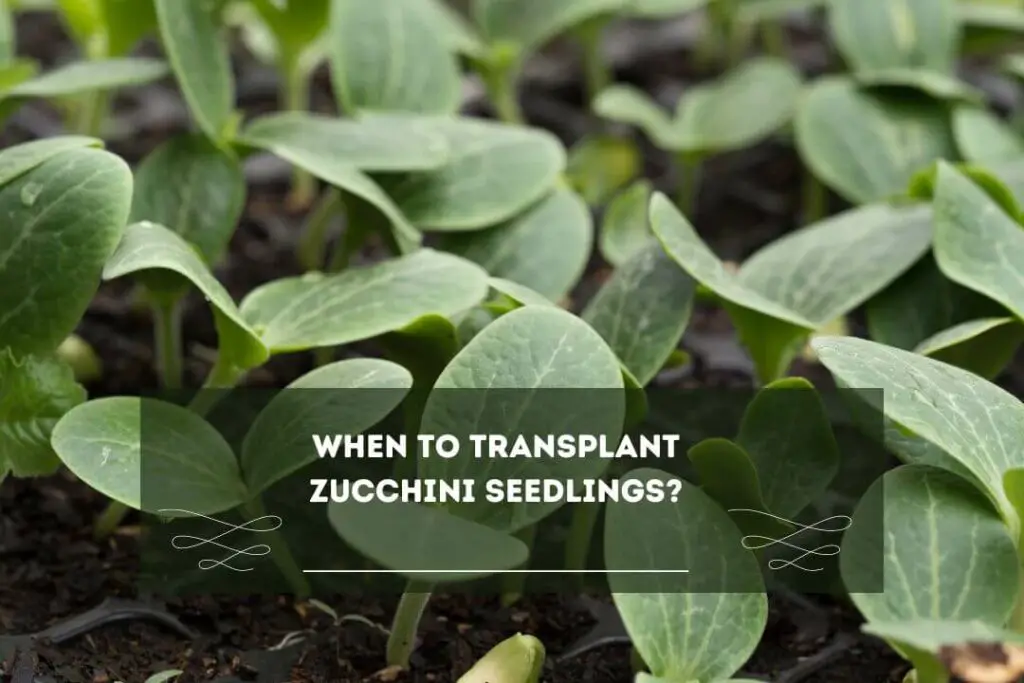
As per EDN, the best time to transplant zucchini seedlings is when they have at least 2-3 true leaves and are about 3-4 inches tall. At this stage, your zucchini seedlings are strong enough to withstand being transplanted.
If you don’t transplant them at the right time, their roots can become intertwined with the soil in their current location. I don’t know if you know this, but zucchini seedlings proliferate.
Therefore I highly recommend you keep a close eye on your zucchini seedlings and ensure you do not miss the optimal transplanting window. Sometimes, determining when to transplant zucchini seedlings becomes tricky for new growers/gardeners.
Since zucchini seedlings are delicate and sensitive, you should only transplant them at the right time to avoid zucchini transplant shock. Zucchini Transplant shock is standard when a seedling is uprooted and moved to a new location. Therefore you are likely to notice your plant becoming stressed, leading to wilting, stunted growth, and, in some cases, death.
- Since Zucchini is a warm-weather crop and needs warm soil to thrive, I will advise you to wait until the soil has warmed up to at least 60°F before transplanting your seedlings. If you transplant zucchini too early, when the ground is too cold, the seedlings will become stunted and not grow properly.
- If you are transplanting your zucchini seedlings, plant them in nutrient-rich soil with good drainage. The soil must be moist but not soggy.
- You should also make sure to plant your seedlings in a spot with plenty of sunlight. I hope you know that zucchini plants require at least 6 hours of direct sunlight daily.
When Is It Too Late To Transplant Zucchini?
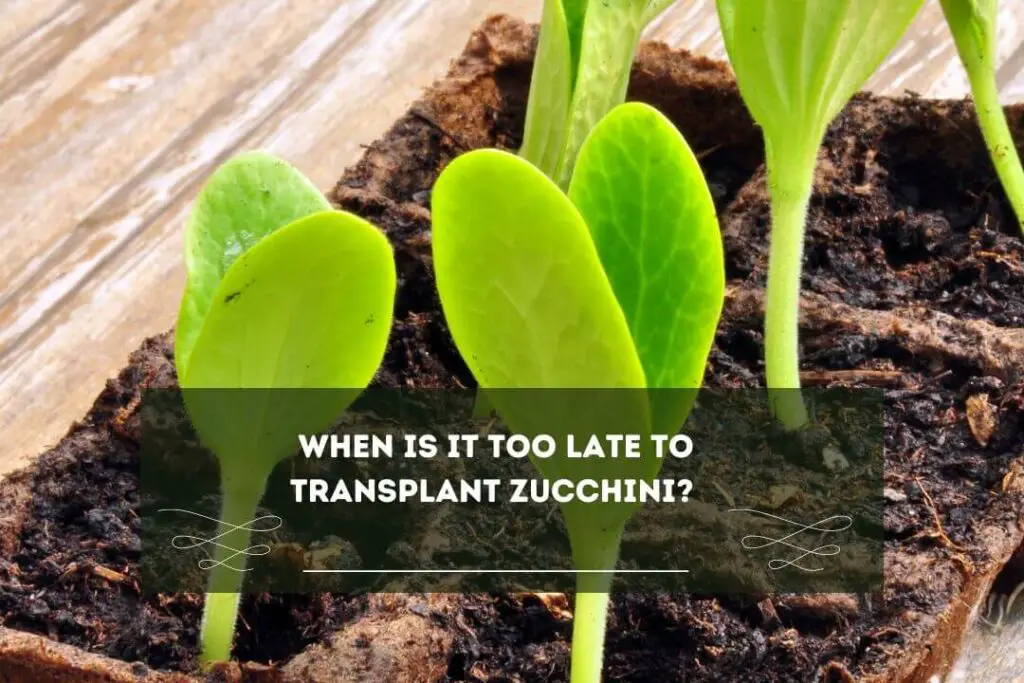
As the zucchini plant grows, its roots become more established and intertwined with the soil. If you wait too long to transplant, the roots can become too large and complex to uproot without damaging the plant.
In addition, If your seedling is too large with an established & effective root system, it is difficult or impossible for you to move without damaging the plant. Lastly, If you wait too long to transplant, the plant may not have enough time to establish itself and produce a bountiful harvest.
What To Do?
- If your seedling has become too large, consider planting it in its final location rather than trying to transplant it.
- Wait until the soil has warmed to at least 60°F before transplanting zucchini seedlings.
- You should transplant them on a mild day with no wind or rain to minimize stress on the plant.
Note: It is generally recommended to transplant zucchini seedlings within the first few weeks of the growing season. This will allow your plant to have more time to establish itself before the end of the season.
Can I Transplant A Large Zucchini Plant?
Transplanting a large zucchini plant can be a tricky and risky process. Zucchini plants have an extensive root system, and a large plant may have roots that are too intertwined with the soil to move without damaging the plant.
However, if you’re facing a situation where you need to move a large zucchini plant, I will advise you to get it done by professionals to prevent causing any damage to your plant.
How To Transplant Zucchini?
Even though transplanting Zucchini seems straightforward, it is essential to follow a systematic approach and do it with the proper technique to help your plants grow healthier and produce a bountiful harvest. Here are seven steps to transplant zucchini seedlings
- You should Wait until the seedlings are at least 3-4 weeks old and have two to three true leaves. Also, ensure the soil temperature is at least 60°F to support the plant and help it establish itself in its new location.
- Before you begin transplanting the seedlings, preparing the soil is essential. Make sure that your soil is well-draining and has plenty of organic matter. If yes, start digging a hole that is deep & wide enough to accommodate the seedling’s root ball. After preparing the soil, you will also need to prepare the seedlings.
- I highly advise watering the seedlings a day or two before transplanting. This will help to moisten the soil and make it easier to dig up the seedling from its current location without damaging the roots.
- After a couple of days, you can dig up the seedling. Ensure you are trying your best to keep the roots as intact as possible. You should use a firm hand without putting force to handle the plant gently.
- Now, place the seedling in the hole and fill the gap with soil. Also, gently tamp the ground until no air pockets are around the roots.
- After transplanting the seedling, you will need to water it thoroughly. It is best to properly water the seedlings after planting them as it settles the soil around its root, providing essential moisture and nutrient the seedling needs to establish itself in a new location.
- After transplanting, ensure you’re providing your plant with the right conditions. Zucchini plants need plenty of sunlight and regular watering to thrive.
Zucchini Plant Wilting After Transplant: 5 Signs Of Zucchini Transplant Shock
If you’ve recently transplanted a zucchini plant and noticed it’s wilting, it could be a sign of transplant shock. Zucchini transplant shock occurs when your plant is disturbed, and its roots are damaged during transplantation. Here are five signs of zucchini transplant shock that you should look for.
- The leaves may appear droopy and turn yellow or brown around the edges.
- If the zucchini plant is not growing as quickly as it should or is smaller than expected, it may be due to transplant shock.
- Your plant may be struggling to recover (slow recovery) from the damage to its roots and may need additional support to survive.
- If you dig up the plant and notice the roots are damaged or broken, it clearly shows that it has experienced transplant shock.
- If the leaves of your zucchini plant are turning yellow or brown, it could be a sign of nutrient deficiency due to root damage.
What To do?
According to my research, you should water your plant thoroughly because Zucchini plants need plenty of water to recover from transplant shock. Therefore I highly recommend watering your plants regularly, especially during hot, dry weather.
Besides watering your plant, you should consider providing a high-quality fertilizer to the soil to help replenish any nutrients that may have been lost during transplanting. Using Epsom salt on zucchini plants may help you do this. Some people also say that trimming some leaves helps the Zucchini recover from the stress by conserving energy and focusing on growing new roofs.
It would be best to consider providing some shade to support your Zucchini, save water, and reduce stress. All this can significantly help you treat and avoid zucchini transplant shock.
You should never transplant your seedlings during hot weather, when the soil is dry, or if you missed the optimal window. I will advise you to choose a location with at least 6 hours of direct sunlight.
Make sure only to consider transplanting your Zucchini seedlings in the early morning or late afternoon when the sunlight/sun will be less intense. Organic matter will significantly help you improve drainage and fertility.
Occasionally, you will need to monitor for pests and diseases also. Consider mulching your plant and harvest regularly to encourage more growth and prevent the plant from being too large to handle. Below I’m sharing few helpful guides on understanding, identifying, treating & preventing pests and bugs on Zucchini.
FAQ
When To Transplant Zucchini Outside?
It would be best to wait until the soil had warmed up before transplanting them outside. Typically, it would be best to wait until after the last frost date in your area before transplanting. In general, this is around late spring or early summer. If the soil temperature is below 60°F, it’s too cold for zucchini plants.
How Big Should Zucchini Seedlings Before Transplanting?
Your zucchini seedlings should be between 3-4 inches tall and have at least two sets of true leaves before transplanting them. This usually takes around 3-4 weeks after planting the seeds indoors.
Conclusion
I have seen many gardeners struggle with transplant shock regarding zucchini plants. It can be discouraging to see your Zucchini wilting and working after transplanting.
With proper care and attention, your zucchini plants can bounce back and thrive using the above tips. As I told you in this article, transplanting Zucchini can be a delicate process that requires careful attention to detail.
Therefore I highly recommend following the tips and best practices mentioned in this guide. Remember to choose the right time and location for transplanting zucchini seedlings. You can also take a help of my guide on Best Time To Plant Zucchini.
I tried my best to give you all the information you require on the following questions: When to transplant Zucchini seedlings? When is it too late to transfer Zucchini? How to transplant Zucchini?
Why are Zucchini plant welding after transplant and signs of Zucchini transplant shock along with its treatment & prevention methods? If you find this article helpful, then consider sharing it.
Your share will help many people learn about the right approach to transplanting a Zucchini plant as well as the best time & condition to do so. Do check our other helpful articles on any zucchini plant care till then. See you in the next post, till then, take care and goodbye.

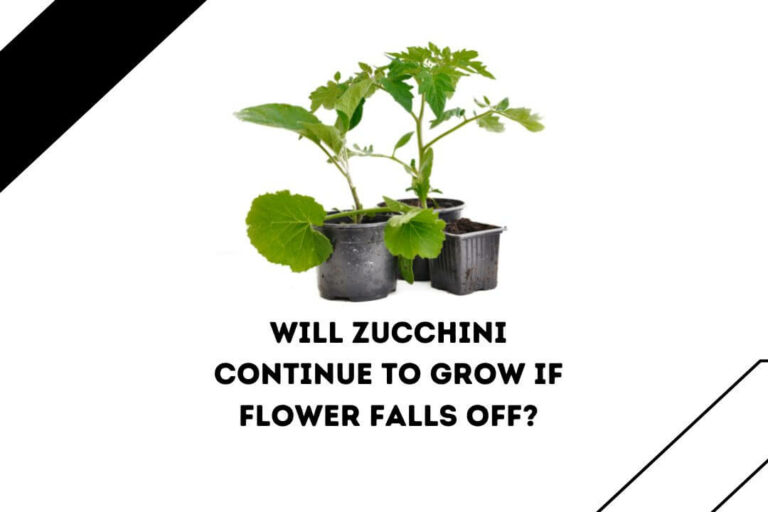
![When to Plant Zucchini? [Best Planting Times]](https://gardenthrone.com/wp-content/uploads/2022/11/When-to-Plant-Zucchini-768x512.jpg)
![What Is Eating My Zucchini Flowers? [Pests & Animals]](https://gardenthrone.com/wp-content/uploads/2022/11/What-is-eating-my-zucchini-flowers-768x512.jpg)
